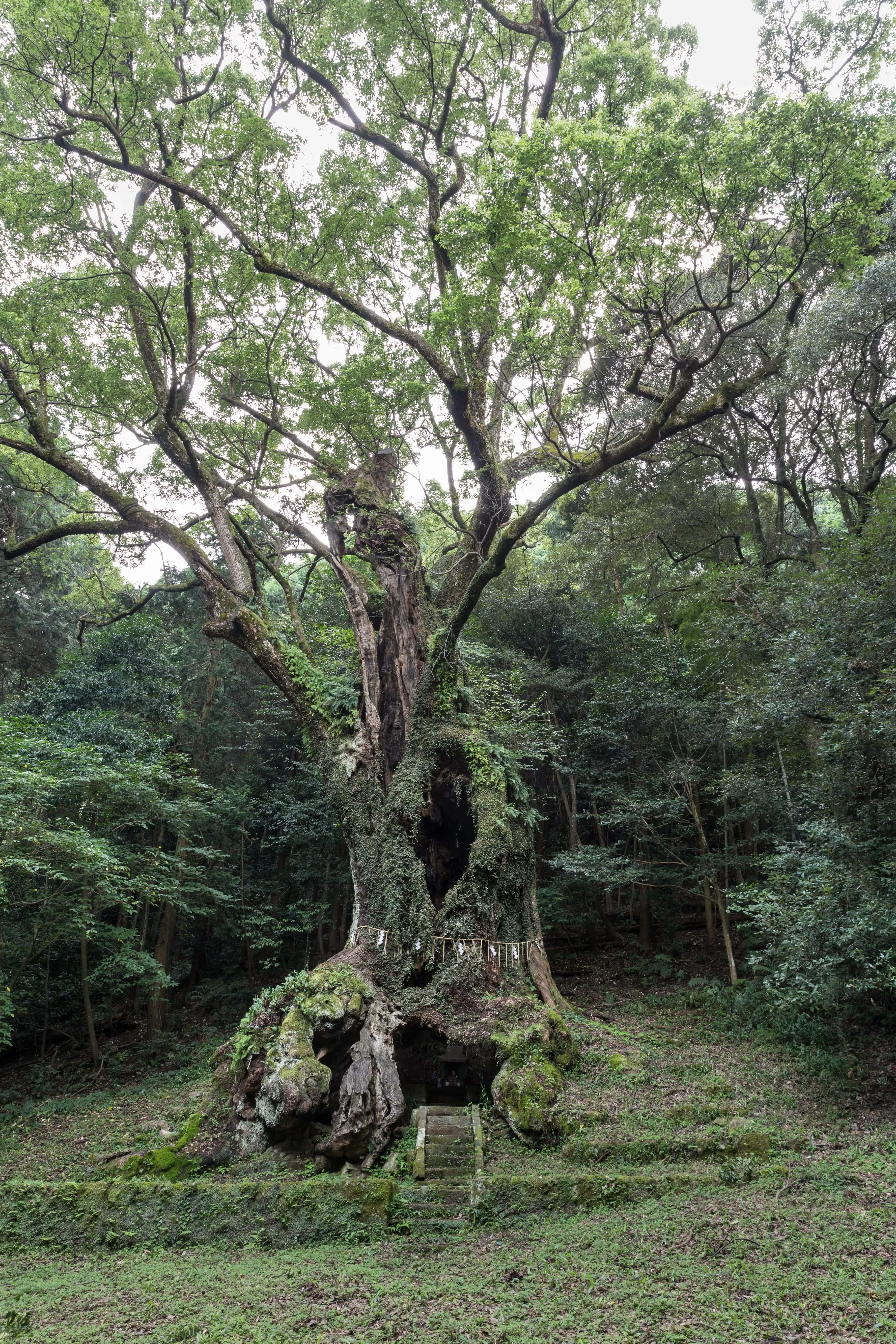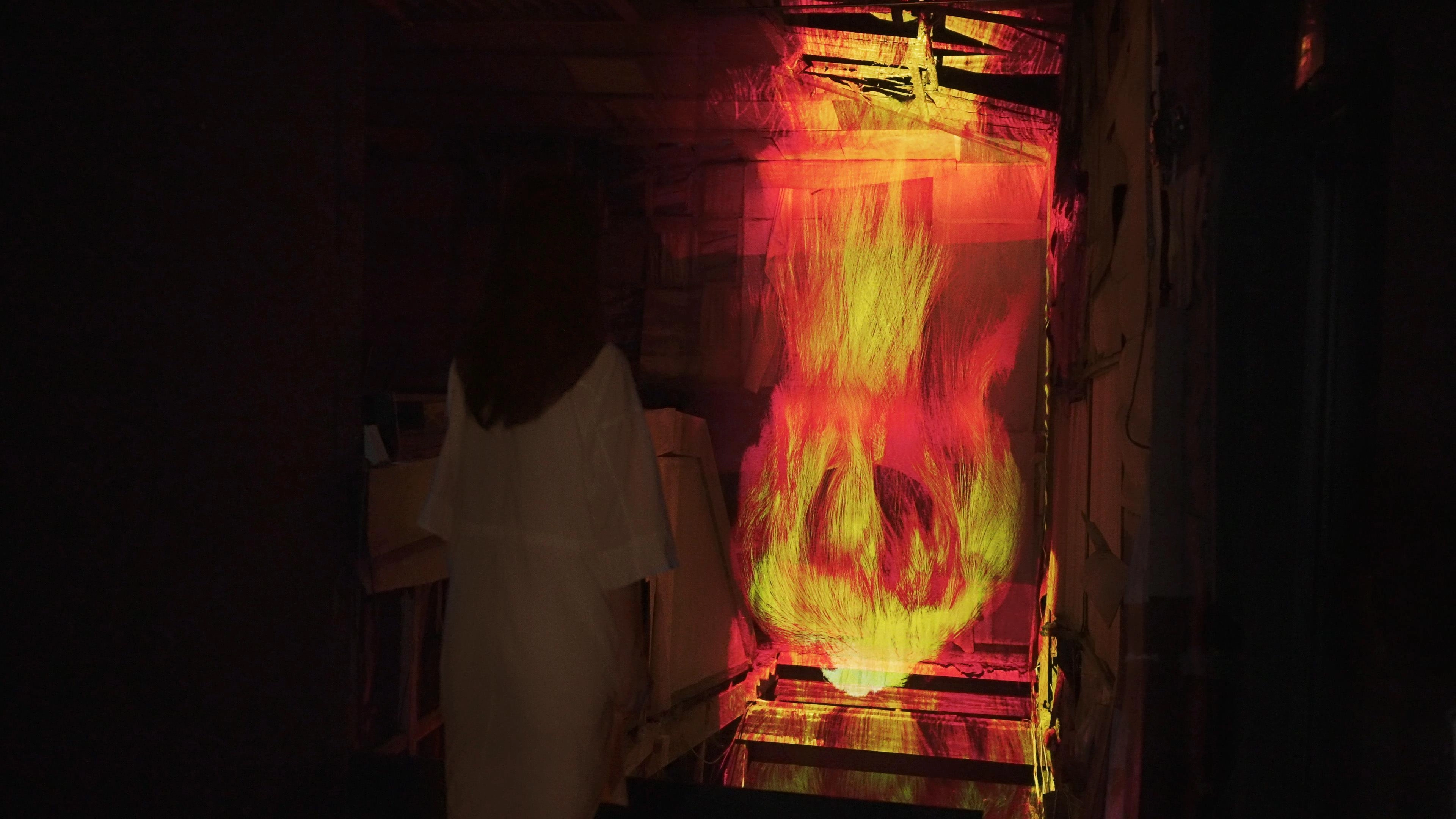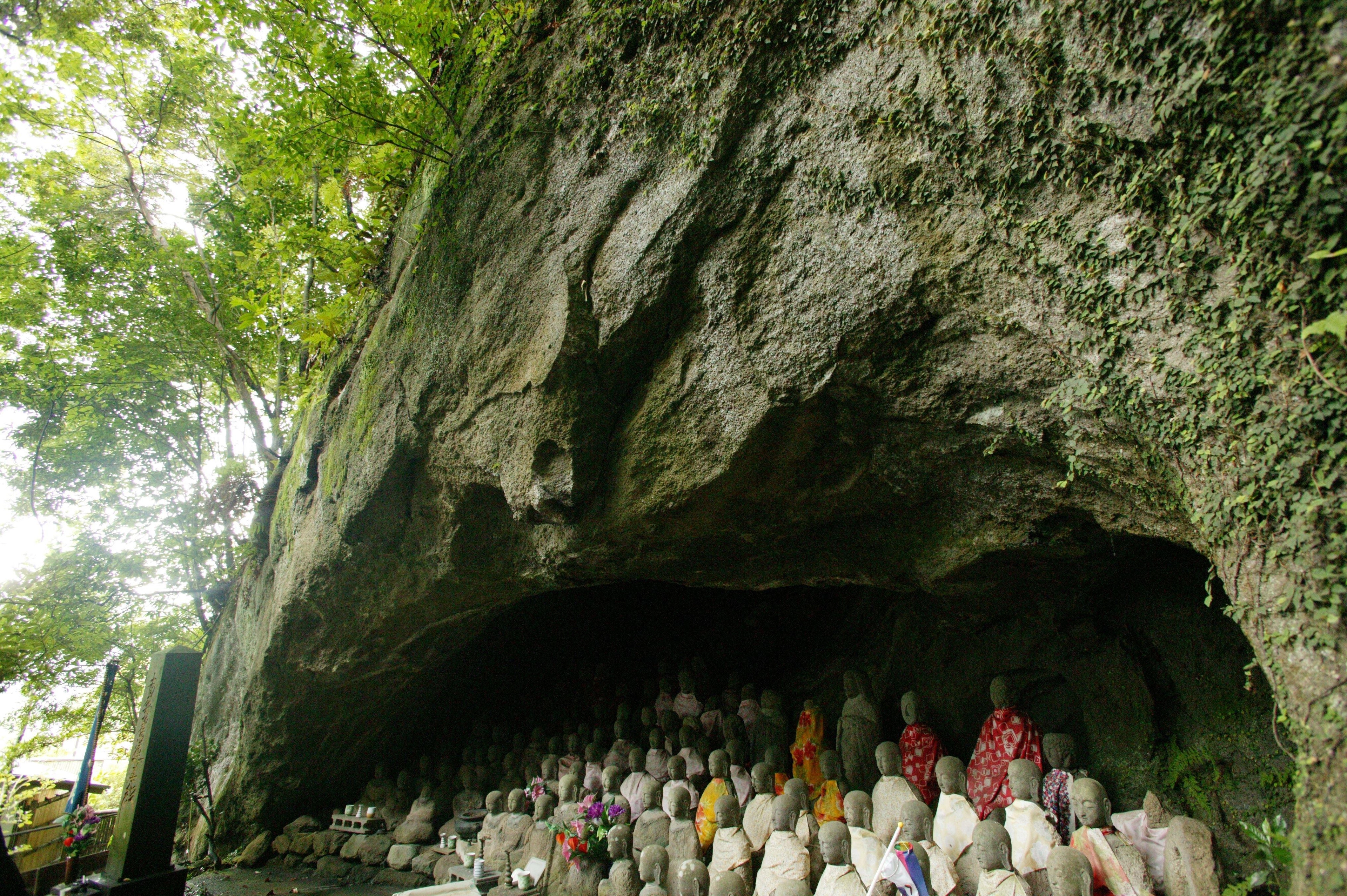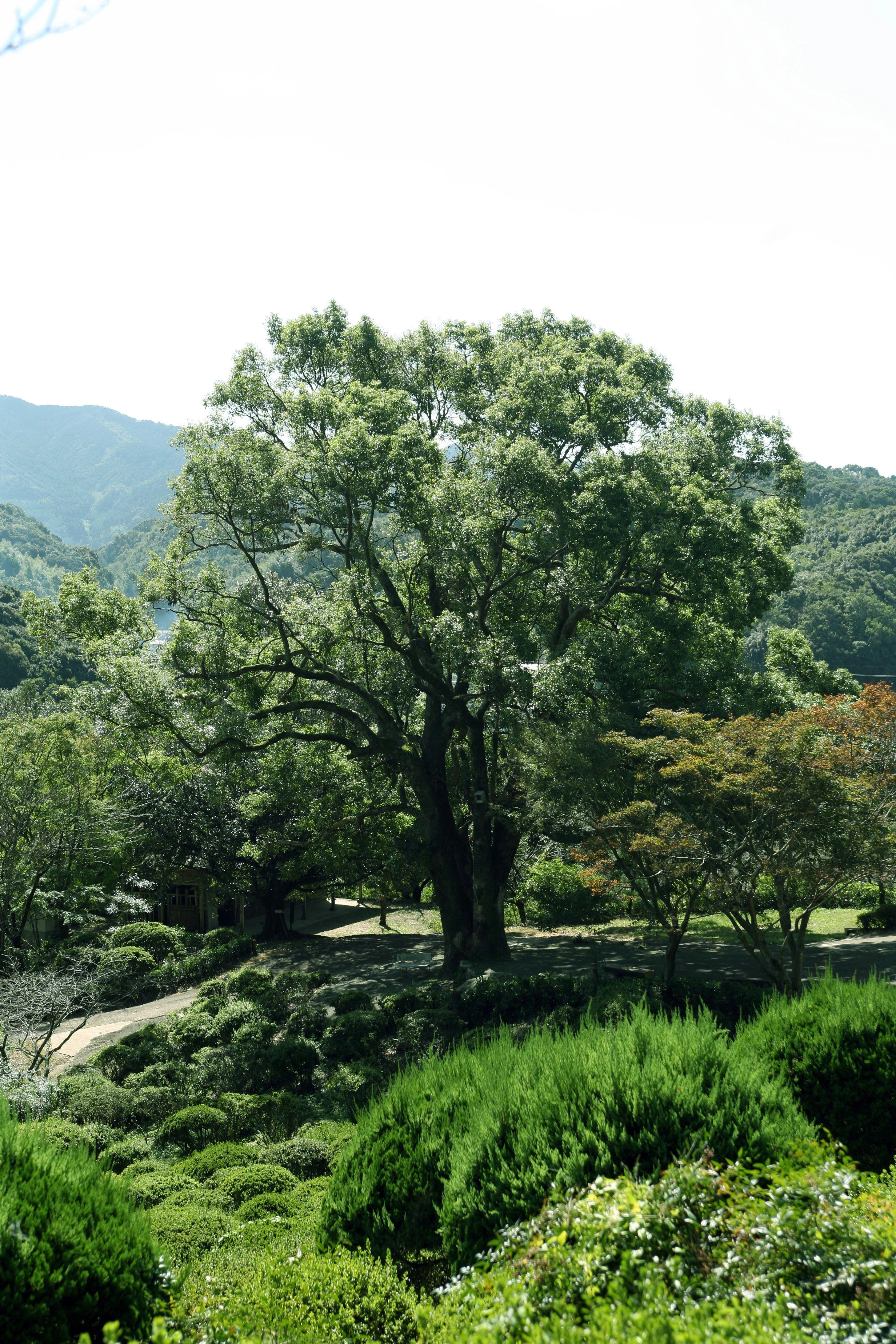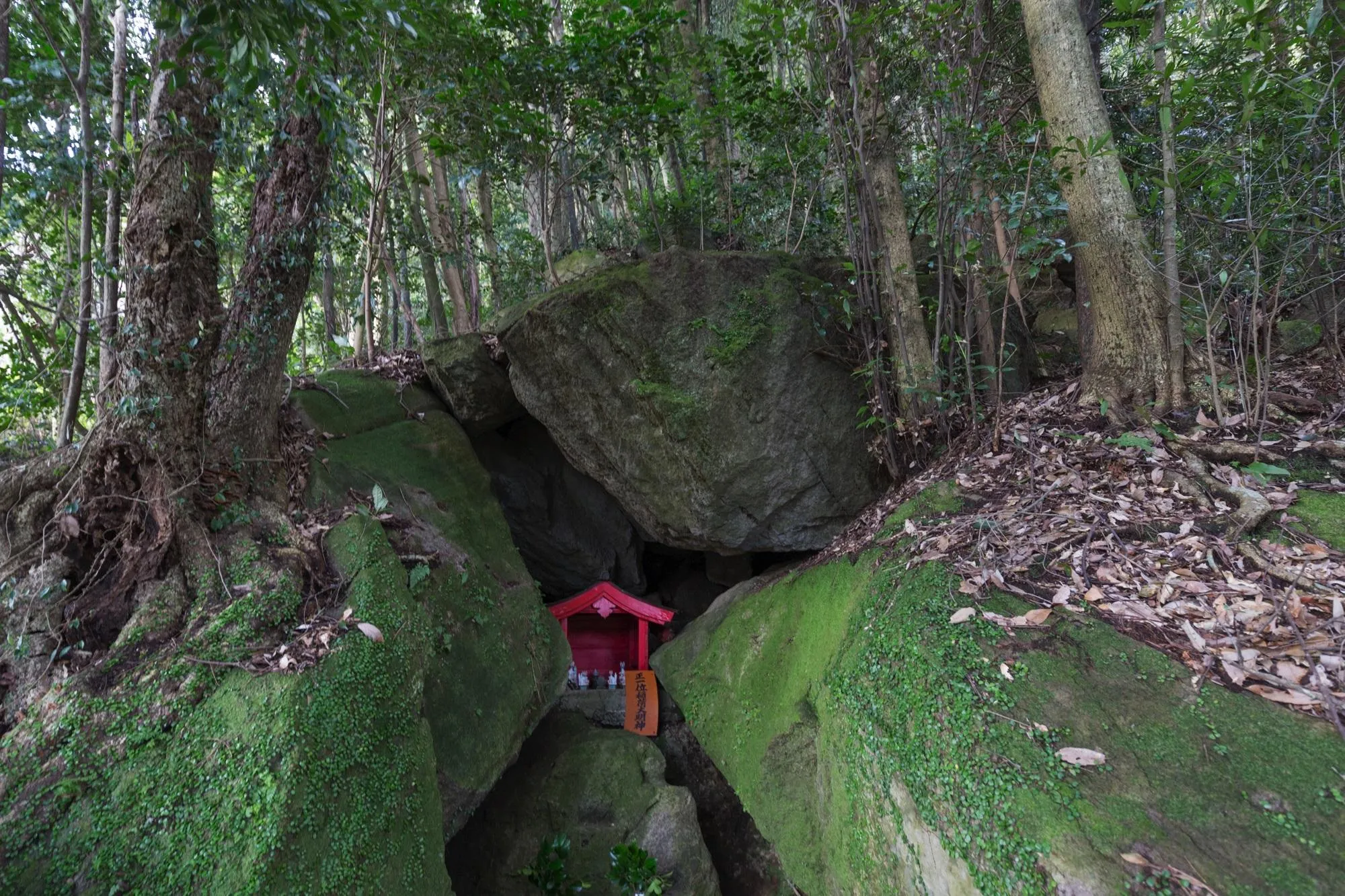teamLab Ruins and Heritage: Rinkan Spa & Tea Ceremony | teamLab


A New Experience of Art and Sauna
within History and the Forest
within History and the Forest
Combo tickets for a day trip to the Mifuneyama Rakuen Hotel Rakan Bath and teamLab’s art in the ruins are available, allowing visitors not staying at the Mifuneyama Rakuen Hotel or Onyado Chikurintei to enjoy a new experience of art and sauna. (*1) There are also tickets available that allow visitors to experience the artworks without entry into the sauna.
(*1) The annual exhibition in the forest teamLab: A Forest Where Gods Live is not currently on view. The exhibition runs annually from July to November.
Exhibition Concept
In the forest where the 3,000-year-old sacred Okusu tree resides, is a cave of five hundred Arhats carved 1,300 years ago by the Buddhist monk Gyoki. (* See Gyoki and the Origins of Japanese Baths (Saunas)) The sauna (alternating hot and cold baths) stands nearby this cave within the historic forest. Visitors can clear their minds, feel the ever-expanding space through their bodies, and immerse themselves in the art and the forest dotted with ruins. As we realize that the mind, body, and environment are the wholeness of our being, we become a part of nature and history, and reconnect with the long continuity of time and the world.
Concept behind Artworks in the Ruins: A Place where Varying Space-Times Intersect
The 500,000 square meter Mifuneyama Rakuen Park was created in 1845, during the end of the Edo period. Sitting on the borderline of the park is the 3,000-year-old sacred Okusu tree of Takeo Shrine, which is Japan’s 7th largest. Also in the heart of the garden is another 300-year-old sacred tree. Knowing the significance of this, our forebears turned a portion of this forest into a garden, utilizing the trees of the natural forest. The border between the garden and the wild forest is ambiguous, and when wandering through the garden, before they know it, people will find themselves entering the woods and animal trails.
Within the forest, there is an enormous megalith, almost supernatural in its formation, known as an iwakura (a dwelling place of a god in ancient Japanese nature worship, or “animism”) that has been preserved as a small shrine. Around the 7th century, a sorcerer named En-no-gyouza-ozunu carved a 23-meter-tall figure over the entire surface of a sheer cliff on Mount Mifuneyama. And 1,300 years ago, the priest Gyoki, who created the Great Buddha in Nara, came to Mifuneyama, carved 500 Arhats and Buddha figures directly onto the rock face of the caves within the forest, which remain to this day. On the edge of the forest, the stone gate of Tsuzaki Castle and other ruins remain within and along the borderline of the forest.
We exist as a part of an eternal continuity of life and death, a process which has been continuing for an overwhelmingly long time. It is hard for us, however, to sense this in our everyday lives, perhaps because humans can not recognize time longer than their own lives. There is a boundary in our understanding of the continuity of time.
The forest is home to a 3,000-year-old tree, and it changes daily with the imperceptible, slow flow of time, repeating every year, as a space where the endlessly long time accumulates. The ruins from ages past scattered in the forest and the Edo-period garden which remains today each have their own respective space-times. The bath house in the garden was constructed in modern times, but after just a short period, it was abandoned, becoming a space where time had stopped completely.
Within the space of the ruins of Mifuneyama Rakuen, we make artworks with their own, separate space-times, thereby creating a place where these varying spaces intersect and overlap, allowing us to transcend the boundary in our understanding of the continuity of time.
Gyoki and the Origins of Japanese Baths (Saunas)
Gyoki (668 - 749), who carved the five hundred Arhats in Mifuneyama, was a monk during the Nara Period. Later, he became the first Buddhist priest of the highest order in Japan and built the Great Buddha in Nara. In Todaiji Temple, where the Great Buddha is housed, there was a bathhouse called Oyuya, which had a steam room (sauna) and a washroom where common people could bathe. It is said to be the first kudokuyu or “hot water alms” (a pious act to provide common people with a bath), and the beginning of bathing in the city. Baths in that era were steam baths (saunas).
Japan at the time sought to stabilize its national government through the teachings of Buddhism and built temples throughout the country. For temples that were responsible for spreading Buddhism throughout Japan, the kudokuyu became an important means of gaining support from the people, and before long, many temples other than Todaiji came to offer it as well.
Empress Komyo (701 - 760) is said to have been the originator of the practice of bathing, and Gyoki, who was born 33 years earlier, is said to have handed down the same bathing legends as Empress Komyo. The Tsukahara no Karafuro, one of the oldest existing saunas in Japan, is said to have been built by Gyoki, an ascetic who traveled all over Japan before building the Great Buddha in Nara, hoping to cure people of their illnesses. From this, it can be inferred that Gyoki was the first person to introduce baths (saunas) to the people. And it could be said that baths (saunas) drew people to the temples, helping to spread Buddhism and establishing the nation of Japan.
Historical Background of Art and Sauna: Rinkan-Chanoyu
The Japanese custom of seyoku (the practice of providing temple baths for the poor, the sick, and prisoners) began during the Nara Period, when Gyoki was active, and reached peak popularity in the Kamakura Period. Even during the Muromachi Period, the practice of seyoku was continued by the shogunate and various temples.
Seyoku also became popular among individuals. Starting at this time, inviting people over and providing baths became known as furo (bathing), and bathing (at the time in steam baths, or saunas) was done in a variety of ways, with tea ceremonies or food and drink served afterward. This was the so-called furo-furumai (bath hospitality).
In the middle of the Muromachi Period (1336 - 1573), a type of tea ceremony in which tea was served to guests after their baths was called rinkan-chanoyu (rinkan sauna and tea ceremony). Much like with shoin-cha (decorative tea time), paintings, incense burners, vases, and hanging scrolls were displayed in the bathing rooms, and it is said that many spectators came to watch toucha (tea-tasting games) after bathing.
Rinkan-chanoyu was a widely-practiced basara (eccentric hobby) in Japan, particularly at the Kofukuji Temple in Nara.
In those days, a bath was a steam bath, or what we would today call a sauna, in which water is poured over heated sauna stones. People in Japan have long enjoyed the acts of viewing art in a sauna and drinking tea as a cultural pastime.
The term basara refers to the social and cultural trends in the middle ages in Japan, mainly during the early Muromachi Period (the Nanboku-cho Period). It was an aesthetic of meritocracy, one that disregarded the status quo, belittled, ridiculed, and rebelled against the authority of those noble in name alone, and instead favored extravagance, flamboyant behavior, and chic clothing. This culture was also the seed of the later revolutions in the Warring States Period.
It is said that Murata Juko (1422 - 1502), the teacher’s teacher of Sen no Rikyu (1522 - 1591) and the inventor of wabi-cha (tea ceremony), was also enamored with rinkan-chanoyu when he was young. He later studied under the Japanese monk Sosun Ikkyu at Daitokuji Temple, reached a state of chazenichimi (the realization that tea ceremony and Zen are one), and created wabi-cha. Then, the brothers Furuichi Tanehide and Furuichi Choin, who were main figures of rinkan-chanoyu, became disciples of Murata Juko, and rinkan-chanoyu became wabi-cha.

Opere
EN TEA HOUSE
Ruins and Heritage
Tea House
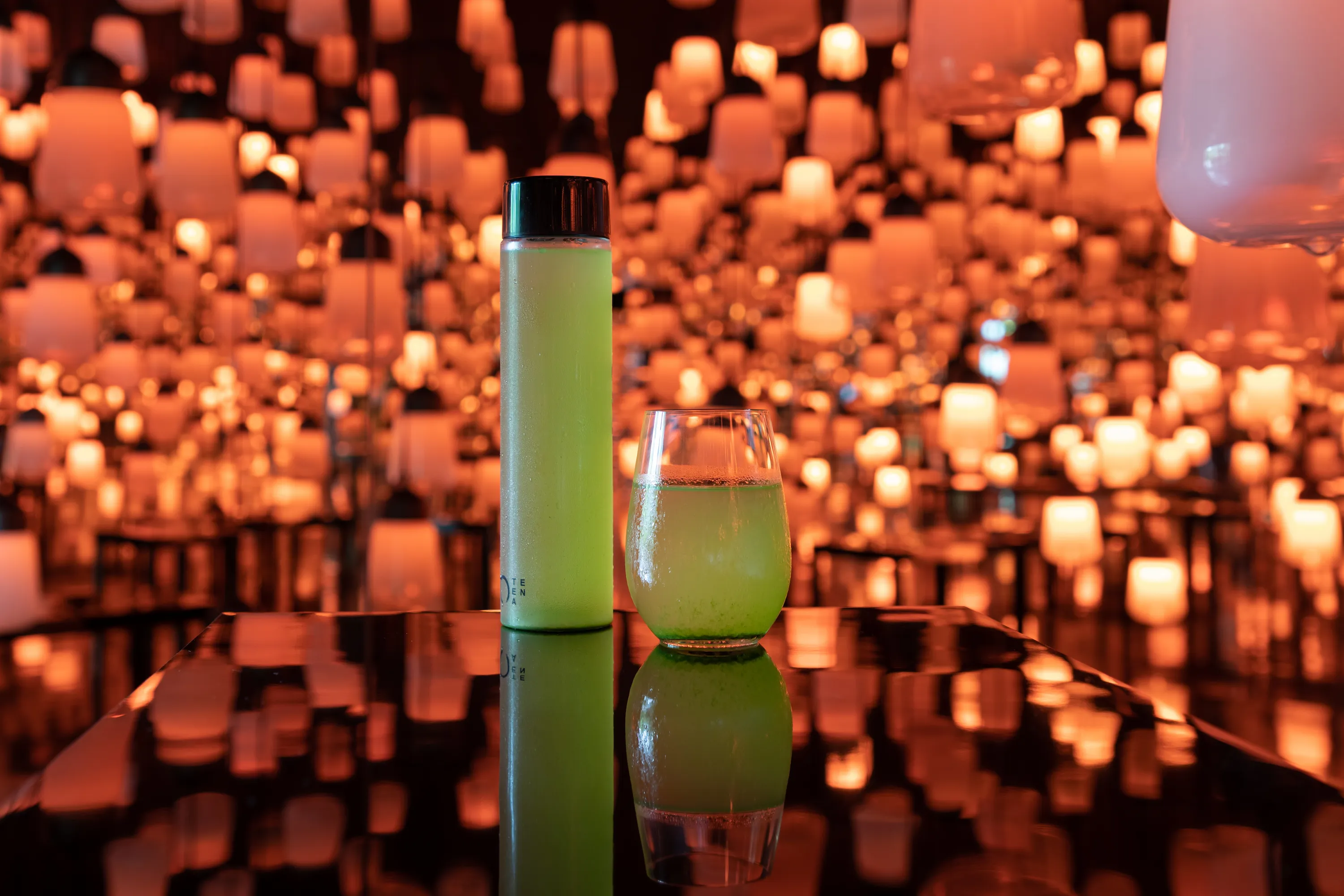
Reservation required / fixed capacity
The large communal baths at Mifuneyama Rakuen Hotel have been completely renovated (both men's and women's). The men's bath now has a dry sauna where guests can enjoy löyly (pouring hot water on sauna stones to produce steam, uses natural water from Mt. Mifune and roasted tea from Ureshino, Saga). The men's bath also has a cold water bath with hot spring water cooled to 16 degrees Celcius, and a large open-air bath/bathing space surrounded by the nature of Mt. Mifune.
The women's bath is also now equipped with a dry sauna, allowing guests to enjoy löyly (uses natural water from Mt. Mifune) and Kugel (aroma balls that produce a scent when on top a sauna stove). It also has a cold water bath with hot spring water cooled to 17 degrees Celcius, a steam sauna, a cafe (has homemade pudding, detox water, etc.), and an open-air bath/bathing space surrounded by the nature of Mt. Mifune. We hope you will enjoy a relaxing time in our baths while gazing at Mt. Mifune's beautiful nature.








Map
App



Distributed Fire
Light the Flame
When you launch this app and approach Universe of Fire Particles in a Decaying Underground Passage, your flame will ignite and you can take the artwork home with you.
Share the Flame
If you approach other people with the app, you can share your flame with them.
See the Map of the Flame
The flames that are shared and spread, as well as the flames shared and spread by you, are displayed on the map in the app.
Visita
Informazioni sulla Sede
Durata
* Ticket prices and exhibition content will change during “teamLab: A Forest Where Gods Live”.
* The contents of the exhibition may change.
Orari
11:00 - 22:00
* Last entry is 21:30
Daytime "Rakan Bath"
Reservation Required / Fixed Capacity
Session #1: 8:00 - 10:30 (Up to 15 Men / 10 Women)
Session #2: 15:00 - 17:30 (Up to 15 Men / 10 Women)
Session #3: 17:30 - 20:00 (Up to 15 Men / 10 Women)
Session #4: 19:30 - 22:00 (Up to 15 Men / 10 Women)
Session #5: 21:30 - 24:00 (Up to 15 Men / 10 Women)
* No overnight stay.
* You may enter the art exhibition at any time during 11:00 - 22:00.
* Junior high school students and younger are not allowed.
* Groups of four or more people of the same sex are not allowed.
* Reservation can be made via phone or online.
Mifuneyama Rakuen Park Garden
Varies by season. Please check the Mifuneyama Rakuen Website.
Chiuso
December 31, 2025
January 1, 2026
January 2, 2026
January 3, 2026
Accesso
Sede
4100 Takeo, Takeo-cho, Takeo City, Saga
Contatti
Inquiry on tickets
Tel
Mifuneyama Rakuen Hotel
BIGLIETTI
Admission
JPY 4,400
JPY 700
JPY 400
Gratis
Biglietti
Le nota
Regarding Entry
Entry may be restricted depending on crowds.
Due to time constraints, if the number of visitors exceeds capacity, entry may not be permitted.
Wheelchair & Stroller Access
The garden has natural trails that may be difficult to access with a wheelchair or stroller. Accessible artworks include;
・"Forest and Spiral of Resonating Lamps - one stroke"
Liability
The organizers will not be held responsible for any injury, loss, or damage to personal items.
Trash Free Park
For environmental preservation, trash cans are not available in this park. Be prepared to take your trash home for disposal and recycling.
No Smoking
All parks and natural areas are strictly smoke and tobacco-free.
Clothing
There are steep slopes and natural trails in this park. Visitors are advised to wear suitable clothing and footwear.
No Pets Allowed
No pets are allowed in the park. Service dogs are welcome.
Exhibition Suspended or Delayed Due to Weather
In case of strong rain and/or wind, the exhibition will be suspended. Please check the park's official website, facebook, or instagram for details.
Photography & Videography
Use of flash, drones and/or tripod inside the park is prohibited.
Other
By entering this exhibition, you consent to having your image captured by official photographers and videographers. The resulting materials, including still photographs, video and audio recordings may be used by the Organizers or local promotional entities without restriction or financial compensation, in news materials, promotional materials, on the web and other properties.
Conditions for usage of Rakan Bath
Please bear in mind that at this facility we reserve the right to refuse service to guests that match the descriptions below.
*Groups of more than 4 same sex guests
*Guests below middle school age (for day trips)
*People who are, or are deemed to be, connected to criminal or antisocial gangs/organisations
*People with tattoos
*People who are excessively drunk
*People being loud & disruptive
*People with skin disorders or other transmissible conditions, and people forbidden from bathing by a doctor
*People experiencing a fever or significant sluggishness, people experience coughs, laboured breathing or other symptoms of a respiratory condition, and people who are otherwise physically unwell
*People engaging in behaviour that is disruptive or dangerous for other guests, and people acting unhygienically
*People deemed inappropriate to use our facilities
Gli Organizzatore
teamLab
Esposizioni Vicino

2018.7.19(Thu) -
Mifuneyama Rakuen Hotel, Takeo Hot Springs, Kyushu

2020.7.21(Tue) - Permanente
Next to the MIZUHO PayPay Dome FUKUOKA, Fukuoka, Kyushu

2017.3.30(Thu) - Permanente
Fukuoka Airport Domestic Terminal JAL DP · Sakura Lounge, Fukuoka






